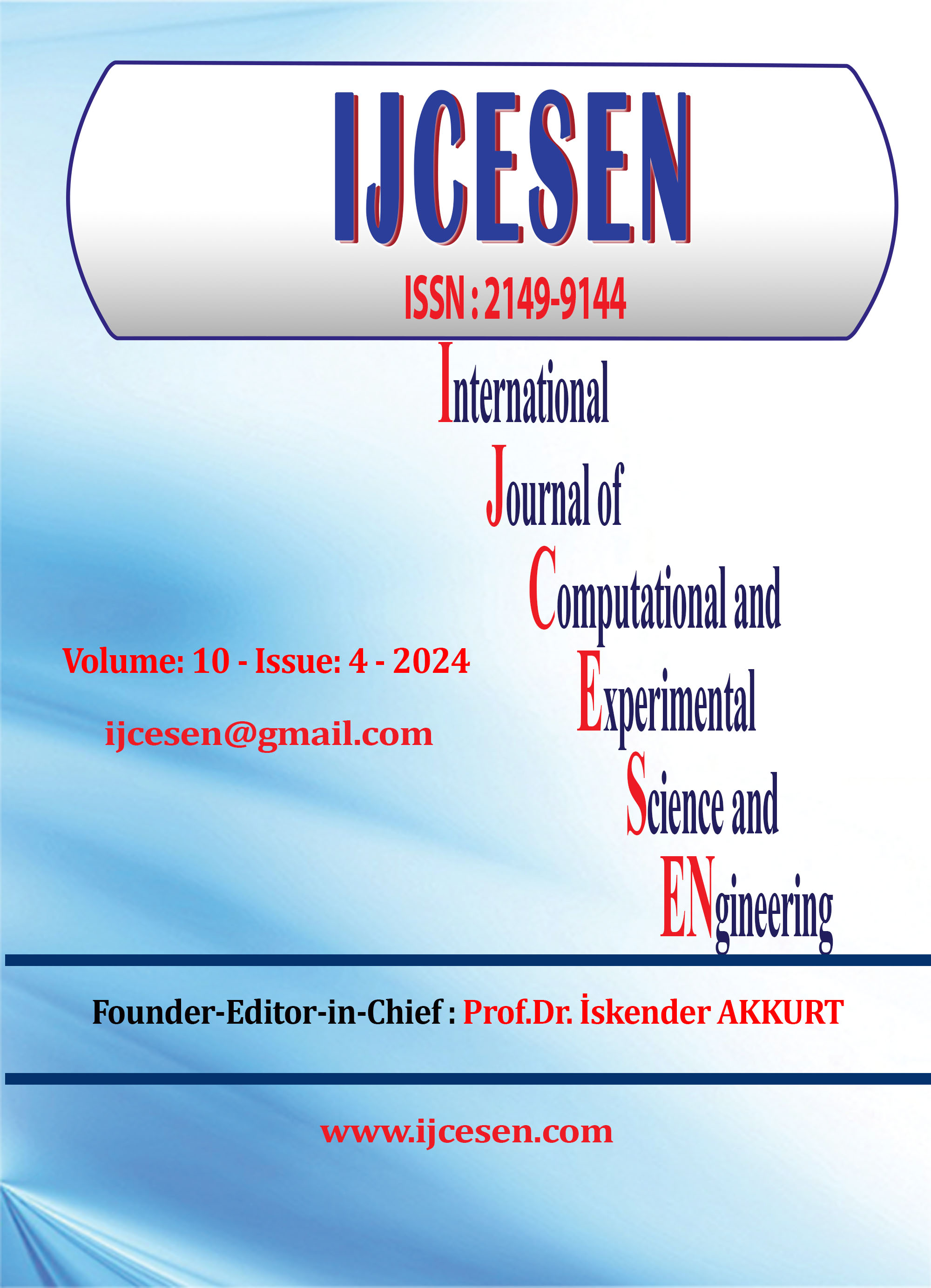Literature Analysis on the Role of FDI (Foreign Direct Investment) in Improving Economic Stability of Malaysia
DOI:
https://doi.org/10.22399/ijcesen.3725Keywords:
Foreign Direct Investment (FDI), Competitive Advantage, International Business, PolicyAbstract
The purpose of this research is to analyse yearly data from 1971 to 2010 in order to determine the impact of foreign direct investment on genuine GDP in Malaysia. A VAR model using an integration approach is used to assess the influence of foreign direct investment (FDI) on Malaysia's real GDP by the researchers. In Malaysia, the short-term impacts of the two variables are explored using the Vector Error Correction model (VECM). The relationship between future FDI and real GDP may also be examined using Granger causality. The primary results show that the expansion of the Malaysian economy has been positively affected by the rise of FDI. To be more precise, a permanent 1% rise in FDI levels results in a 49.135 percent increase in Malaysia's GDP. Mutually reinforcing relationships exist between GDP and FDI. From 2014 to 2024, the publications were chosen using a purposive selection method that relies on credible sources from the Scopus, Web of Science, and Google Scholar databases. The findings show that competition to attract FDI is heating up throughout the world. The host country's economy stands to gain a lot from FDI, which is why there is so much rivalry in this space. FDI has the ability to alter market structures, create jobs, and transfer technical know-how. Further, FDI may boost investor returns by giving companies a leg up in the market. Since academics and policymakers have long acknowledged the advantages of FDI, the role of this investment in economic development has piqued their attention. The article lays forth the fundamentals of FDI for building an inclusive investigation in the future. A more thorough comprehension of FDI may be had by using this method. Nevertheless, future research should make use of qualitative methods, such as surveys and interviews.
References
[1] Ahmad, F., Draz, M. U., & Yang, S. (2019). China’s economic development: does exchange rate and FDI nexus matter? Asian-Pacific Economic Literature, 33(2), 81–93.
[2] Alharthi, M., Islam, M. M., Alamoudi, H., & Murad, M. W. (2024). Determinants that attract and discourage in GCC countries: Do macroeconomic and environmental factors matter? PloS One, 19(2), e0298129.
[3] Arain, H., Han, L. & Meo, M.S. (2019). Nexus of FDI, population, energy production, and water resources in South Asia: a fresh insight from dynamic common correlated effects (DCCE). Environ Sci Pollut Res, 26, 27128–27137.
[4] Ayomitunde, A. T., Ganiyu, A. B., Sokunbi, G. M., & Adebola, B. Y. (2020). The determinants of inflows in Nigeria: An Empirical investigation. Acta Universitatis Danubius. OEconomica, 3, 131–142.
[5] Dang, V. C., & Nguyen, Q. (2021). Determinants of FDI attractiveness: Evidence from ASEAN-7 countries. Cogent Social Sciences, 7(1).
[6] Hasli, A., Ibrahim, N. A., & Ho, C. S. F. (2019). The effects of political risk, macroeconomic and country-specific factors on FDI in developing countries. International Journal of Academic Research in Business & Social Sciences, 9(6).
[7] He, Y., Lin, G., & Lu, Y. (2023). Does Government Expenditure on Education and Infrastructure have Any Effects on? Frontiers in Economics and Management, 4(4), 122-141.
[8] Korsah, E., Amanamah, R. B., & Gyimah, P. (2022). Drivers of: new evidence from West African regions. Journal of Business and Socio-economic Development.
[9] Mohammed, U. (2021). Remittances, institutions and human development in Sub-Saharan Africa. Journal of Economics and Development/Journal of Economics and Development, 24(2), 142–157.
[10] Nguyen, C. D. T. (2023). Impact of money supply and macroeconomic indicators on foreign portfolio investment: Evidence from Vietnam. Banks and Bank Systems, 18(4), 94–104
Downloads
Published
How to Cite
Issue
Section
License
Copyright (c) 2024 International Journal of Computational and Experimental Science and Engineering

This work is licensed under a Creative Commons Attribution 4.0 International License.





